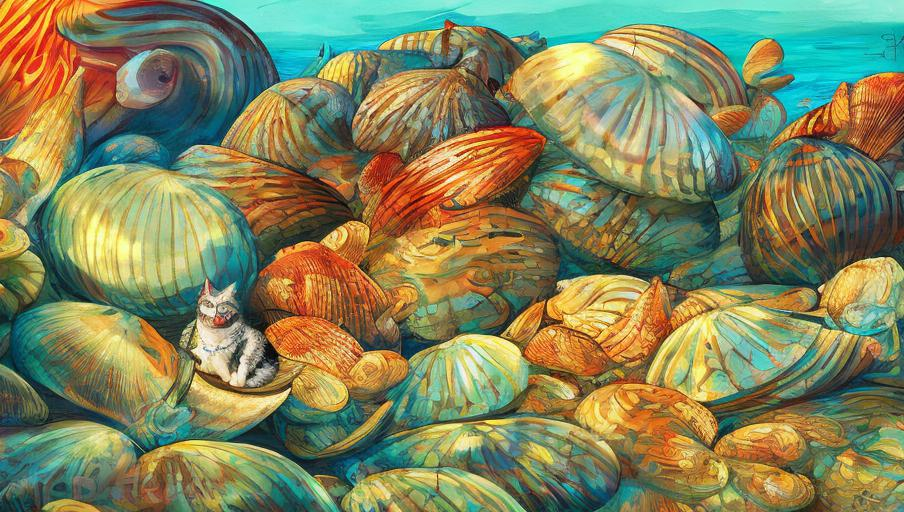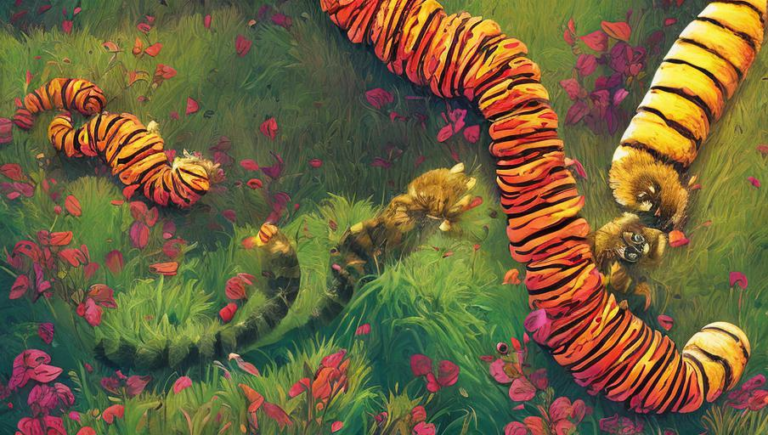Curious About Clams: An Overview of Their Anatomy and Behavior

Introduction
Clams are fascinating creatures. Many of us have heard of them but don’t know too much about them. Clams are bivalve mollusks that live in water, either freshwater or saltwater. Their shells are usually made of two halves that are connected by a hinge. Clams can be found in a variety of sizes and colors, making them a unique species. In this article, we will explore the anatomy and behavior of clams, and take a look at some of their fascinating adaptations.
Anatomy
The two halves of the clam’s shell are connected by a hinge, which is made up of the ligament and two adductor muscles. The two adductor muscles are used to close the shell when the clam wants to protect itself from predators. Inside the shell, the clam has two sets of gills, which it uses to filter food particles from the water. Clams also have a large foot, which they use to move around and dig into the sand or mud. Clams also have a siphon, which they use to take in and expel water.
Behavior
Clams are filter feeders, meaning that they filter food particles from the water. To do this, they use their gills to force water through their siphon and then use their foot to catch food particles. Clams also use their foot to dig into the sand or mud to find food and to get away from predators. Clams will also use their shells to protect themselves from predators and the environment. They will close their shells tight when danger is present and open them when they need to feed.
Adaptation
Clams have adapted to their environment in a few different ways. One way is by using their shells to protect themselves from predators and the environment. Clams can also burrow into the mud or sand to hide from predators and to find food. Additionally, clams have adapted to filter feed, using their gills and siphon to take in water and filter out food particles.
Conclusion
Clams are fascinating creatures with unique adaptations. Their shells protect them from predators and their environment, their foot helps them to move around and dig for food, and their gills and siphon help them to filter feed. Clams are an important species in our oceans and freshwater ecosystems and deserve to be protected. Now that you know a bit more about clams, you can appreciate them even more!





